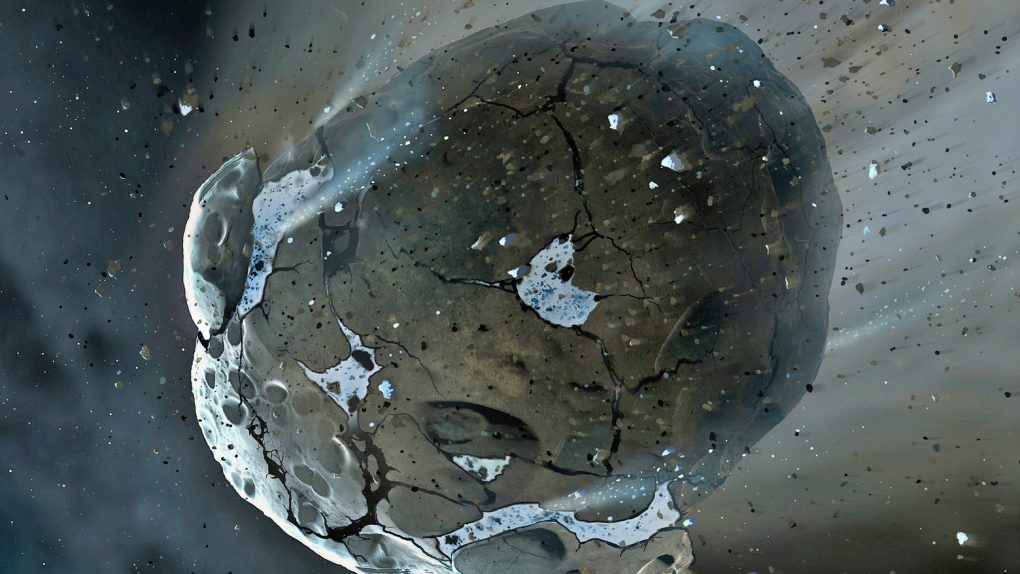NASA is always on the lookout for potential threats from space. This includes bursts of radiation from the Sun, manmade objects tumbling back into our atmosphere, and of course objects like asteroids and comets. Today, one of the latter is going to be making a relatively close flyby of Earth, and NASA has deemed it a potential threat due to its expected proximity during its closest approach. The object is an asteroid called 2021 KT1, and it’s believed to be roughly 600 feet in diameter. If placed on Earth’s surface it would be as tall as a skyscraper, and if it struck Earth it would cause considerable damage. Thankfully, it doesn’t look like that’s going to happen.
Scientists have, over time, grouped objects in space into two groups. If an asteroid or comet is greater than 4.6 million miles from Earth it’s considered to be “safe,” at least as far as we can predict its future. Objects that fall within 4.6 million miles are considered “potentially hazardous” due to the fact that they could interact with Earth or the Moon at some point in the near future. 2021 KT1 is one of those potentially hazardous objects, but only by a small margin. During its pass by Earth today, it’s expected to reach a distance of 4.5 million miles.
In addition to 2021 KT1, two other asteroids will also be making much closer passes of Earth today. 2021 KT2 measures just 23 feet in diameter but will pass within 200,000 miles of Earth, while 2018 LB, a space rock estimated to be 70 feet wide will pass just under 700,000 miles away from our planet. None of these objects have a mathematical chance to hit the Earth, based on data regarding their position, speed, and trajectory.
If an asteroid similar to 2021 KT1 were to hit Earth it would be devastating, but not a world-ending event. At 600 feet wide, the rock could completely destroy a major city if it struck dead-on, with much of the damage being caused by the shockwave it would generate upon impact. Since Earth is mostly water, odds are that it would strike in the ocean, but that doesn’t mean no harm would be done. An asteroid of that size hitting water has the potential to spark massive tidal waves that could wipe out coastal communities. Additionally, the huge amount of water that would be vaporized in the event could dramatically influence weather in some regions or even across the entire planet, if only for a short while.
The good news, of course, is that none of these rocks are going to hit us, and they’re all passing at relatively comfortable distances. Scientists are constantly scanning the skies in search of potential threats, and the hope is that any real threats to our existence would be spotted well enough in advance that we could do something about it.








